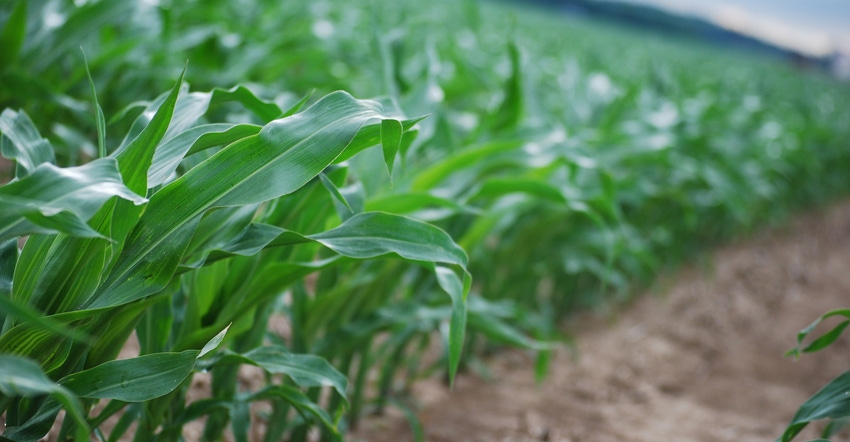
Zinc, boron, copper, iron and manganese … biostimulants formulated with bacteria, hormones, gibberellic acid, ketones and more … do farmers pay enough attention to them? And can they really boost yields?
When farmers need to push through a yield barrier, Karen Corrigan, an agronomist and partner in McGillicuddy Corrigan Agronomics, says they need to find the yield-limiting factor. Further, she says micronutrients are vital to optimum plant development.
The primary micronutrient deficiencies Corrigan targets are zinc followed by sulfur, which is technically considered a secondary nutrient. With any nutrient, she explains, it’s important to take both soil and tissue samples to identify potential deficiencies. Why? Some micronutrients are fairly mobile in the soil, and one rain event may impact soil test results, Corrigan explains.
It’s also important to understand when corn and soybean plants need nutrients. Corn, she notes, requires more nutrients earlier in the season so the crop never runs short.
Soybean nutrient needs peak around R3, when plants hit the vegetative growth, flowering, pod development and seed fill stage, notes Brad Hammes, an agronomist for Helena.
Tissue testing is a good way to focus on one nutrient at a time at specific growth stages, Corrigan says. “You can’t fix a potassium problem with a micronutrient,” she explains. Potassium is a macronutrient, and those deficiencies should be addressed before tweaking micronutrients.
“If you’re going to correct a micronutrient problem, use a product specifically for the problem, don’t use a mixture,” she says. If you determine your crop is zinc-deficient, for example, use a zinc product. A product that combines three to six micronutrients is basically a diluted mix with a little of everything.
“Do the math,” Corrigan notes. “It’s so little of each micronutrient per acre, it won’t touch the problem in many cases.”
What about biostimulants? Corrigan recommends trying biostimulant products on a small scale before taking them across all your acres. The logic behind biostimulants makes sense, she explains, but the problem is consistency.
“We may get a response once, but we can’t seem to replicate that in consecutive years,” she says.
Farmers inclined to try biostimulants should start with test strips, Corrigan advises, including untreated checks along the way. Test the product on good ground and marginal ground for a true comparison; then repeat testing.
“Do it two or three years in a row to make sure the response happens again,” she says.
In the field
Sterling farmer Terry Gerken used a few different United Supplier biostimulants as part of a 2015 trial. He received product for 20 acres in exchange for postharvest performance data. “Toggle showed the most promise,” he says. It’s marketed for improved root development, nutrient uptake and stress tolerance.
Gerken noted better performance and return on investment in his “stressed acres,” including coarser, lighter soils prone to drought stress and continuous corn acres with heavy residue. He documented a 12-bushel-per-acre average increase in corn based on two years of experience testing Toggle.
“We definitely plan to use it again this year on about 70% of our corn acres and 10% of soybeans,” he says. “Soybeans may require different application timing, so we plan to spray a few timing trials to better understand Toggle’s fit for soybeans.”
Corrigan reiterates the importance of running trials before applying a $7- to $17-per-acre biostimulant across every field.
“Just because it works for someone else doesn’t mean it will work for you,” she explains. “And if it doesn’t work for someone else, that doesn’t mean it won’t work for you. It depends on your conditions and your fields.”
About the Author(s)
You May Also Like




